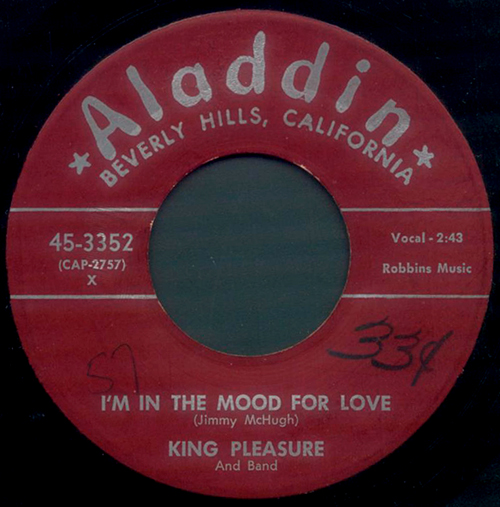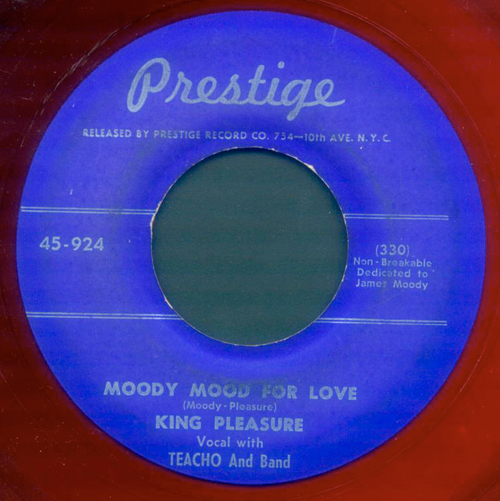Another new catgory in Jukebox Heart. Queer Street. Jazz. It’ taken from an old song by Count Basie, and the phrase was used to mean an imaginary street where people in difficulty live. This slang term was recorded in 1811 in an updated version of Grose’s Dictionary of the Vulgar Tongue, entitled Lexicon Balatronicum: A Dictionary of Buckish Slang, University Wit, and Pickpocket Eloquence:
QUEER STREET. Wrong. Improper. Contrary to one’s wish. It is queer street, a cant phrase, to signify that it is wrong or different to our wish.
The phrase is often associated with debtors, although not exclusively so. Queer Street may have been imaginary but it where it was imagined to be was certainly London. By 1821 the term had found its way into Pierce Egan’s Real life in London:
“Limping Billy was also evidently in queer-street.”
One of my favorites by Count Basie, it’s a fitting tribute to label our jazz selections or Jukebox Heart after that famous track.
The first entry in this new category eatures King Pleasure. Along with Eddie Jefferson, King Pleasure was one of the early masters of vocalese — a style in which lyrics are written and sung to the solos of jazz instrumentalists. Although Pleasure cited Jefferson as his main influence and said that Jefferson was embracing vocalese before him, Pleasure’s sax-like phrasing and scat singing proved equally influential. The charismatic improviser (who recorded for Prestige, Aladdin, Jubilee, HiFi Jazz, and United Artists) is best known for his 1952 hit ‘Moody’s Mood for Love,’ for which Jefferson wrote lyrics to tenor saxman James Moody’s 1949 improvisation on the standard ‘I’m in the Mood for Love.’ Pleasure was also praised for his interpretations of classics like Lester Young’s ‘DB Blues,’ Charlie Parker’s ‘Parker’s Mood,’ and Gene Ammons’ ‘Red Top’ in the 1950s, and he had a direct or indirect influence on Jon Hendricks, Annie Ross, Bob Dorough, Mark Murphy, Al Jarreau, Lou Lanza, and even the Manhattan Transfer. But his recording career didn’t last very long. Pleasure was still recording in the early ’60s, but after that, he faded into great obscurity — although the impact of his early work would remain long after his death on March 21, 1982 (only three days before what would have been his 60th birthday). In the late ’90s, one could hear Pleasure’s influence on such promising vocalists as Ian Shaw and Lou Lanza.
Here I present three versions of the song most famous by King Pleasure. The main version is the most popularized, in style as well as impact on the culture at large. This is the one we’ve heard in various TV commercials, and it is the most ‘polished’ of the three. Released in 1963. Of the other two, the Aladdin records version was released around 1956, while the Prestige version (kinda beat up, but pressed in red vinyl and quite a collectible record) was a minor hit in 1952.
Here’s the most famou version, from his 1963 LP for United Artists. The cover art shown here is from a later reissue.

Earlier, the famous Aladdin imprint. From 1956.

And finally, what is believed to be his first version, 1952.

